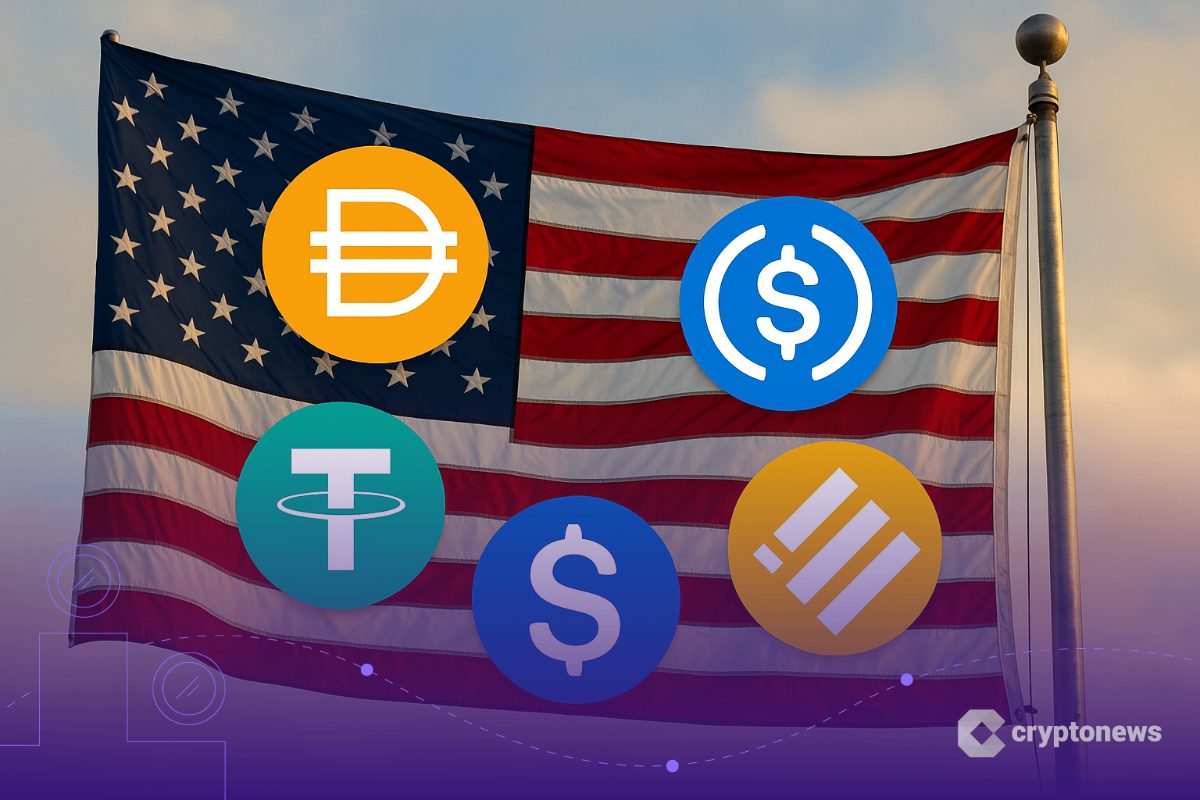SEC issues guidance allowing some stablecoins to be treated as cash equivalents
The U.S. Securities and Exchange Commission has issued interim guidance allowing certain U.S. dollar-backed stablecoins to be treated as cash equivalents on corporate balance sheets.
- SEC permits qualifying USD stablecoins to be reported as cash equivalents.
- Applies only to fully backed, redeemable tokens with 1:1 pegs.
- Complements GENIUS Act and broader reforms under SEC Chair Paul Atkins.
Reported on Aug. 5 by Bloomberg Tax, the guidance is a part of a wider initiative led by SEC Chair Paul Atkins to modernize cryptocurrency regulation. Stablecoins that qualify under this guidance must meet strict criteria such as full backing by cash or Treasury bills, a consistent 1:1 peg to the U.S. dollar, and a guaranteed right to redemption.
These conditions make the tokens similar in risk profile to traditional cash equivalents. The policy excludes algorithmic stablecoins, yield-bearing tokens, or any asset not tied to the U.S. dollar.
Step toward institutional access and regulatory clarity
The action is viewed as a reversal of the SEC’s earlier, more restrictive policies. It seeks to eliminate one of the main accounting hurdles that kept traditional financial institutions from participating. The designation of qualifying stablecoins as cash equivalents may improve corporate reporting transparency and simplify how companies with crypto exposure manage their books.
The guidance is in line with more general policy changes, such as the GENIUS Act, which President Trump signed into law in July. The law requires reserve requirements and public audits, formally acknowledging regulated stablecoins as a new financial instrument that is not a security or a commodity. Firms like Circle (USDC) and Tether (USDT) have a clearer regulatory path thanks to the law and the SEC’s guidance.
Still, questions remain around the future treatment of more complex or international stablecoin models. Some analysts warn that redemption risk, transparency gaps, and illicit usage remain unresolved.
The SEC acknowledged that the guidance is temporary and said further rulemaking is likely as part of its ongoing “Project Crypto” initiative, which aims to clarify digital asset classification and improve disclosure standards.
While not a full rule change, the guidance is seen as a meaningful step toward formal recognition of digital dollars in U.S. financial reporting.
You May Also Like

Tokenized Stocks: A Real Alternative to Brokers or Just an Elegant Illusion?

Payment Processor Remitly Plans Stablecoin Rollout for International Transfers
